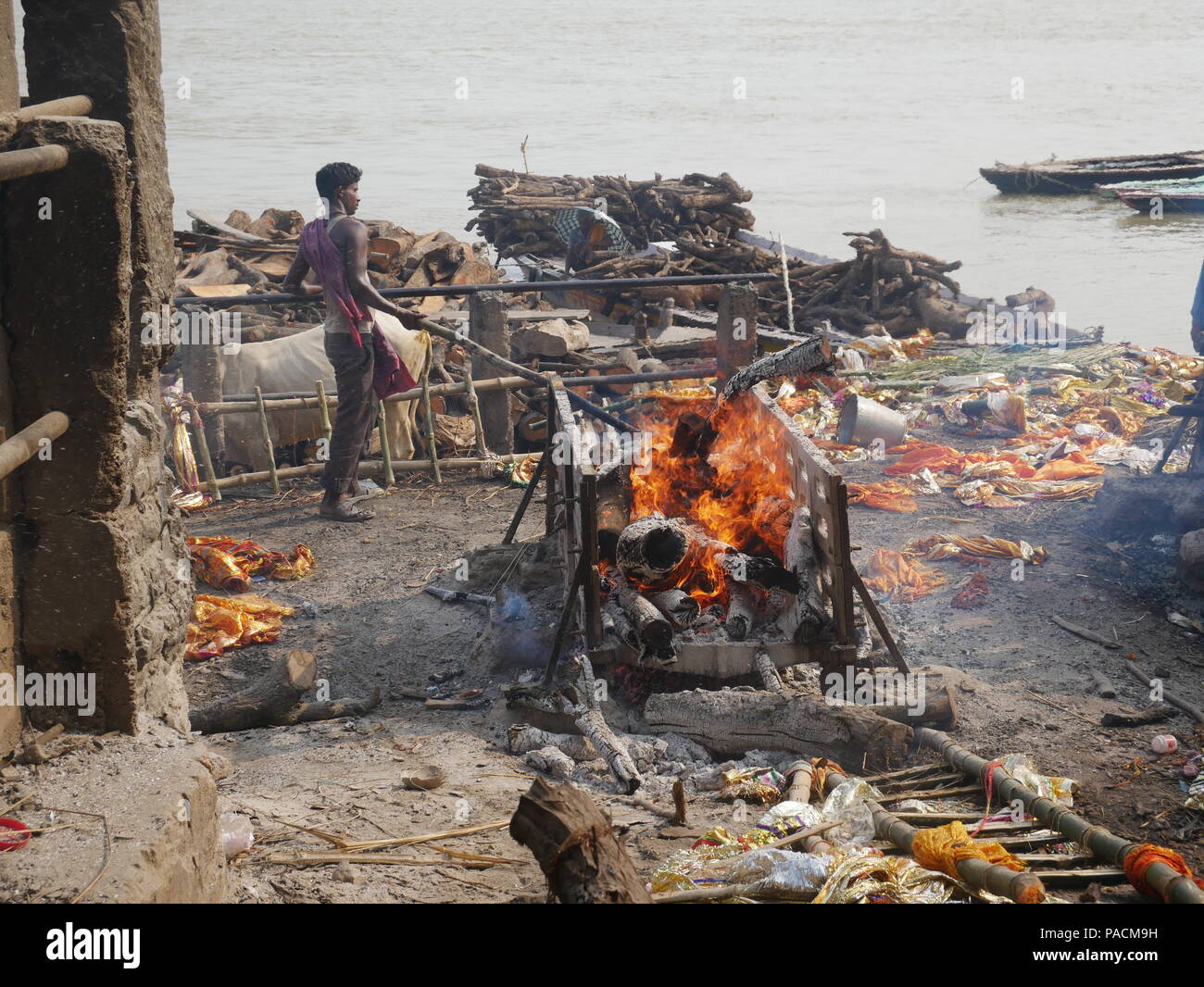

The cost of the shroud or kafan is up to ₹1,000. Muslims constitute 14.2% of the Indian population (Census 2011). Apart from this, there are several rituals-recitation of scriptures, installation of a mud bowl called ghant by a barber, Ganesh puja on the twelfth day, and a grand feast for relatives and friends on the thirteenth day-each costing anywhere between a few hundred to several thousand rupees. Mahapatras may ask for commodities that were liked by the deceased or demand things like television sets, air conditioners, or even a piece of land, costing lakhs of rupees.

For every small or big ritual, the family has to pay the brahmin’s fees that may range from ₹101 to several thousands.įollowing this, Mahapatras (a sect of Brahmins) do pinda-daan or cremation puja, for which fees are charged in cash or kind depending upon the paying capacity of the family. On the day after the cremation, the bones and ashes of the deceased are collected and taken to Haridwar or a similar religious place to be immersed in a holy river like the Ganges. For a fee of ₹200, this person also oversees and ensures complete burning of the body, which takes 2–4 hours. Another expense is on the holy fire (called chita lagwaii), where a burning stick is provided by a person who charges ₹300.

The average expenditure is nearly ₹500 per kg. Ghee (clarified butter) is also required and is available with quality variations. The cost of this varies from ₹200 to ₹50,000, based on quality and quantity of materials. Saamagri, a mixture of dried herbs and flammable materials ( chunri, saakla, guggul, etc) are offered to the pyre. The cost of wood, depending on the type and quality, ranges from ₹6 to ₹14,000 per kg (making the aggregate cost vary from ₹2,160 to ₹50,40,000). Rich families sometimes also prefer sandalwood. Poor families invariably go for a mix of dry and wet wood. Generally, the wood of mango, eucalyptus, sakhauri, and other trees is used. For a body weighing nearly 80 kg, about 320 to 360 kg of wood is required. In the former method, the major expense is on purchase of wood. This is presently done using either of two methods-one where the body is burnt with wood, and the relatively new method of using incinerators run on electricity or Compressed Natural Gas (CNG). According to Hindu rituals, the dead body is cremated. Hindus constitute 79.8% of the Indian population (Census 2011). Norms and practices of handling bodies and related death rituals differ based on religious affiliations. Information from secondary sources was integrated to meet the objectives of the study. Two environment activists were also interviewed. Participant observation was done at burial and cremation grounds-Manikarnika Ghat in Varanasi and Nigambodh Ghat, Lothian Cemetery, and Indian Christian Cemetery in Delhi. This was corroborated by key informant interviews with religious functionaries performing or overseeing death rituals such as brahmins, imams, and priests (three from each religion). Eighteen interviews were conducted, six each from people belonging to three religions-Hinduism, Islam, and Christianity. In-depth interviews were conducted with people who had performed the last rites of their relatives in the last one year so as to gauge the cost involved in rituals. Using a mixed-method case-study approach, the study was conducted in Delhi and Varanasi, Uttar Pradesh. The article has three objectives: a) to estimate the cost incurred by people of different religious affiliations on death-related rituals b) to examine financial implications of death rituals on families c) to analyse environmental impact of corpse disposal. Archaeologists can easily identify the socio-economic status of the buried person by observing these objects. The practice of keeping objects with the corpse quickly changed into a statement of aristocracy and prestige. Historical evidence shows that people in ancient civilisations (like Harappa and Mohenjo-daro) kept certain possessions like food, clothes, and other items of need along with the buried corpse of their relative with the assumption that the soul may require these items on its journey. While nature eliminates all identities with death, society tends to perpetuate economic distinctions through its rituals. There are many ways to do this-usually, corpses are buried, put on a pyre, incinerated, and at times, preserved. Thus, disposal of corpses practically takes place all the time across the globe. Nearly 55.3 million people die each year, 151,600 die each day, 6,316 each hour, 105 each minute, and 2 people each second in the world (PRB and World Factbook 2011). There are approximately 7.6 billion people in the world. Death is the inevitable reality of existence.


 0 kommentar(er)
0 kommentar(er)
